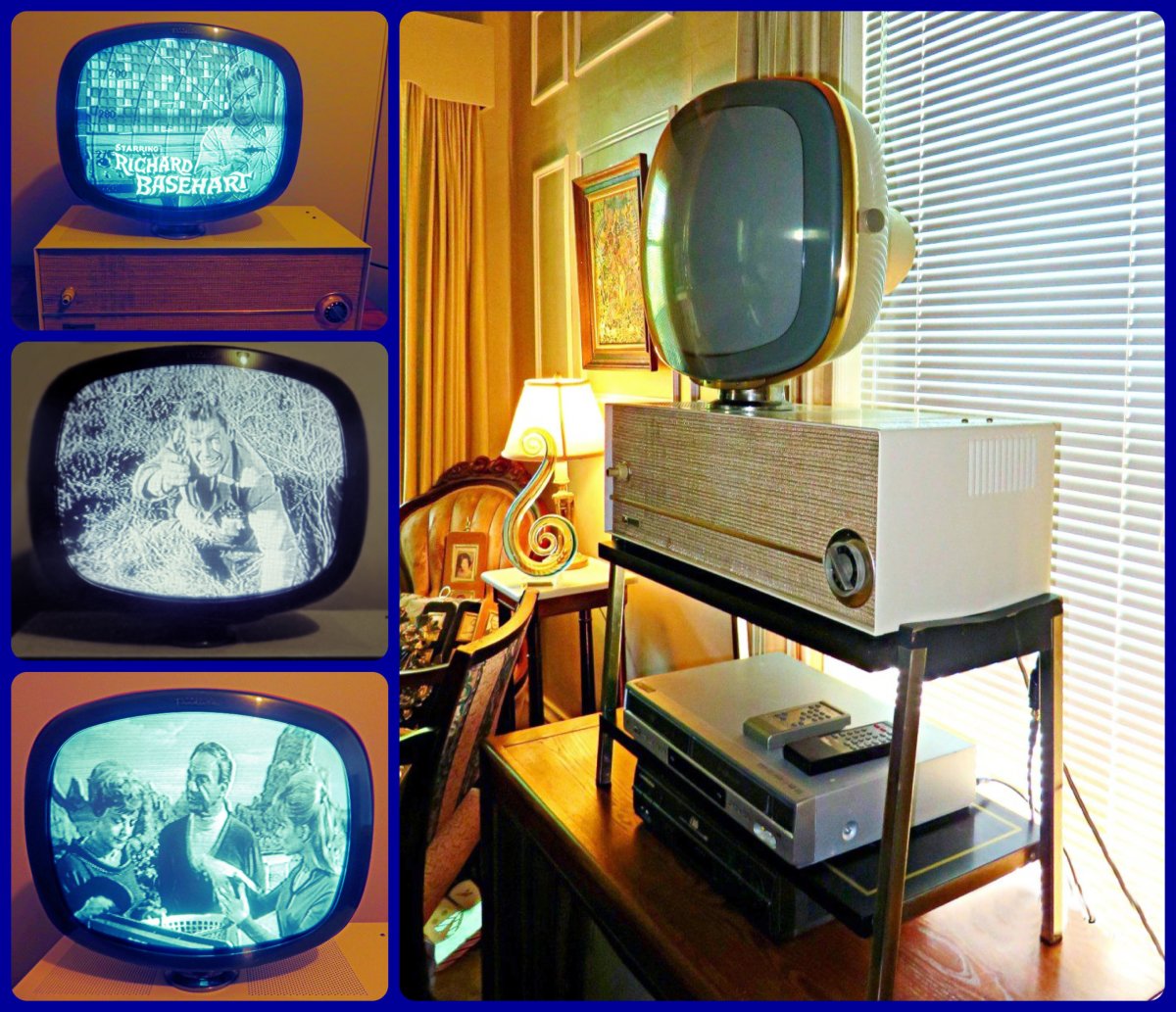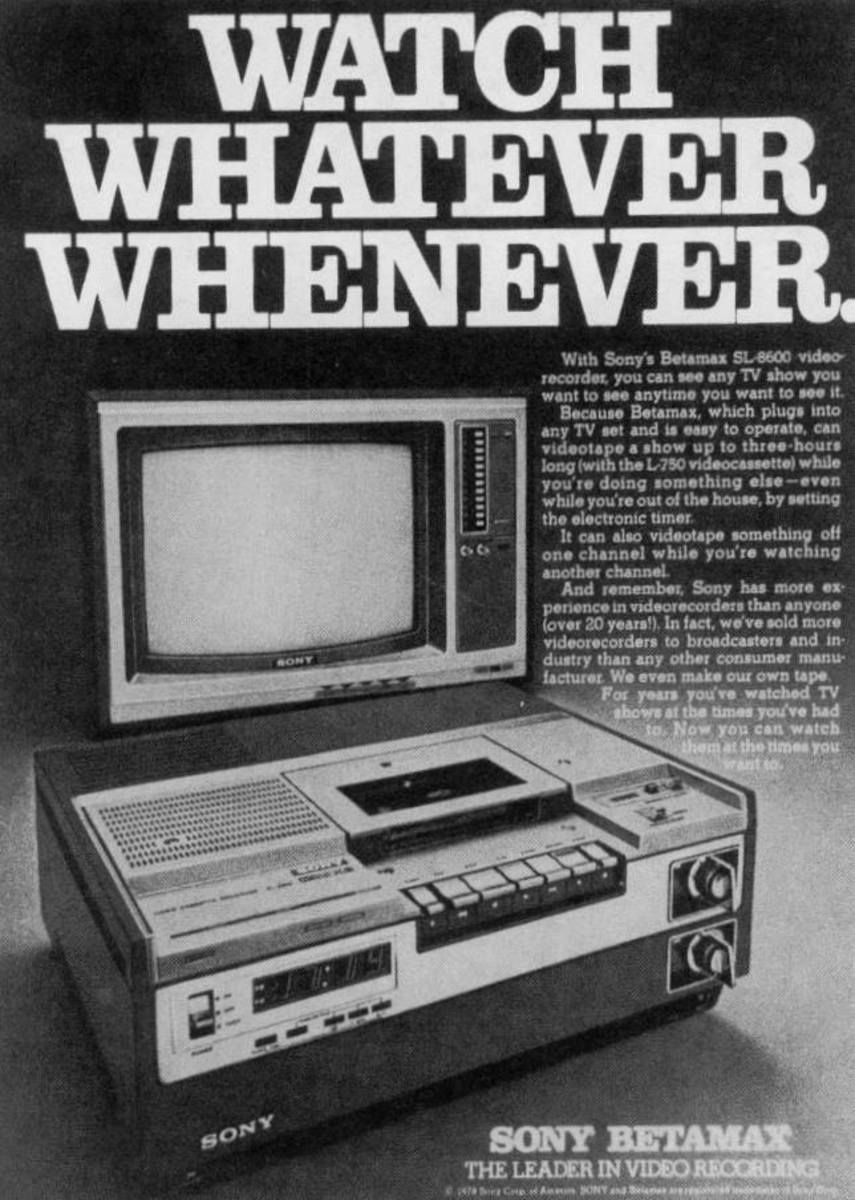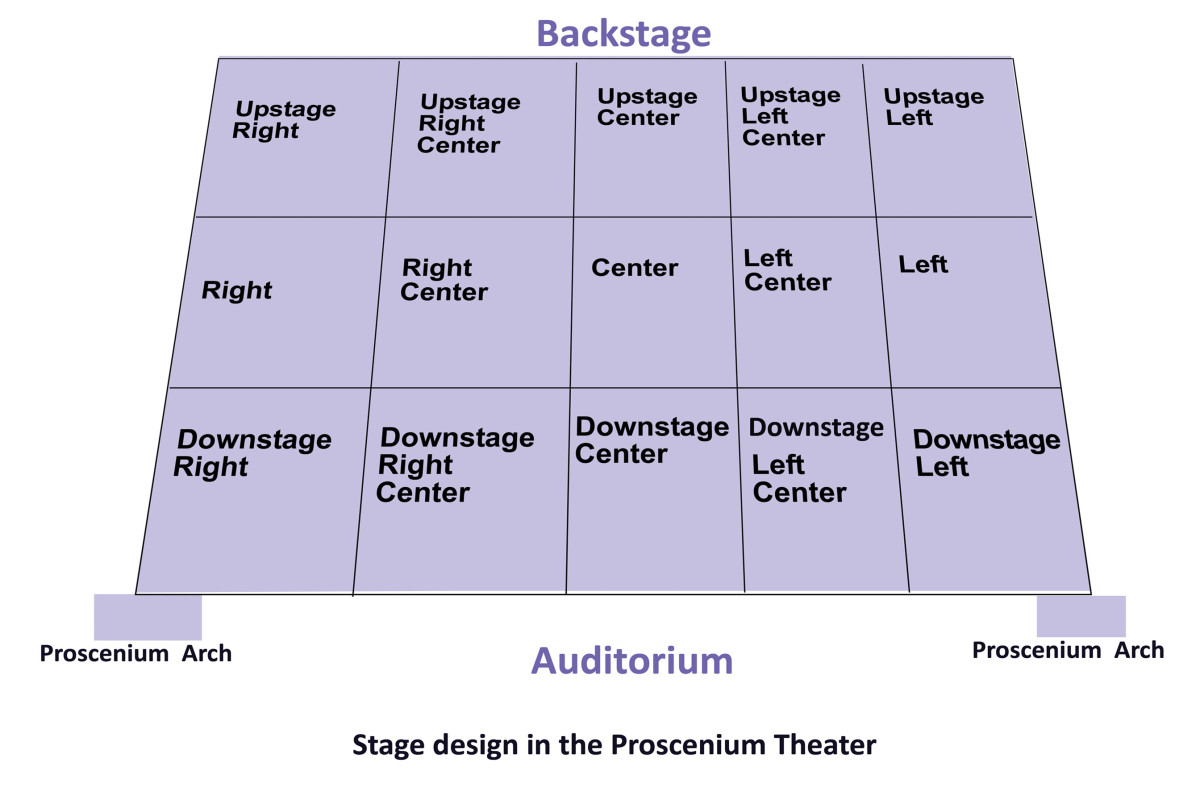The IMAX Theater Experience: a New Dimension in American Cultural Entertainment

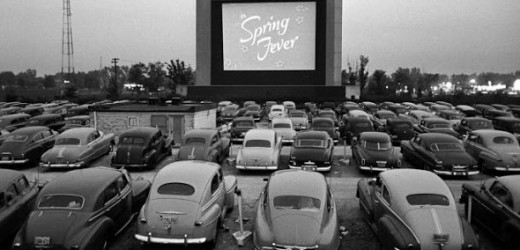

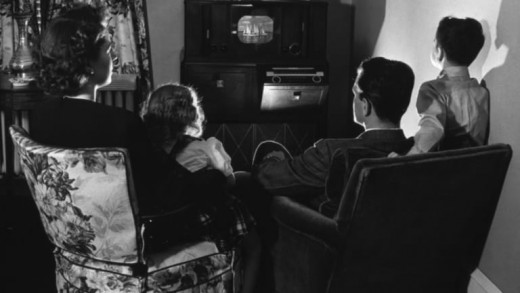
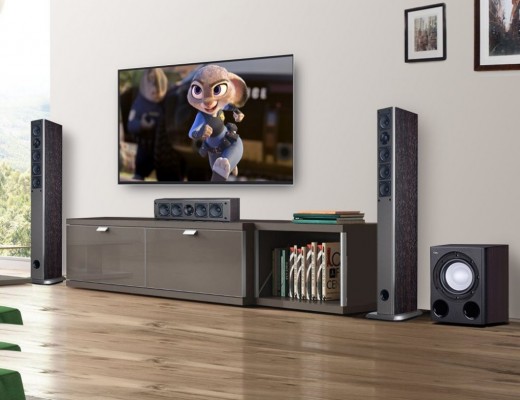
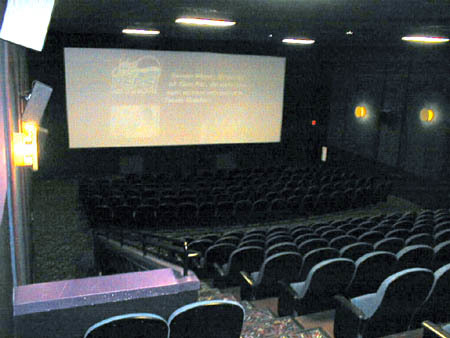
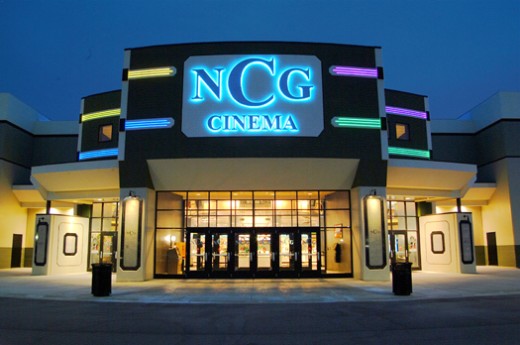

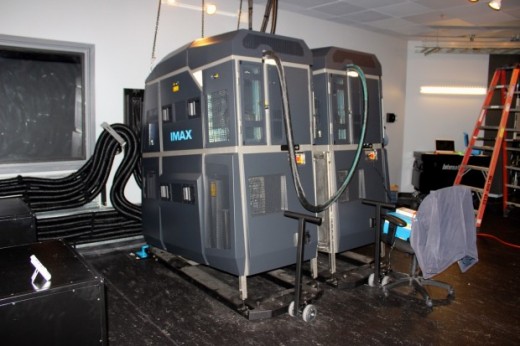
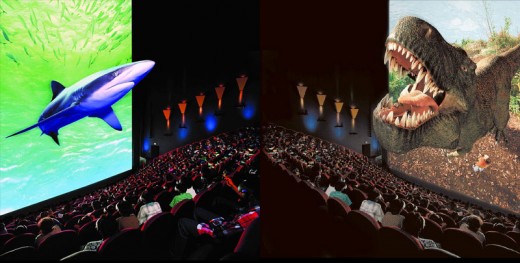
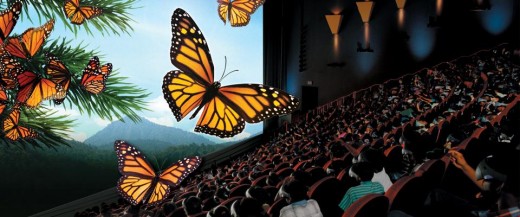
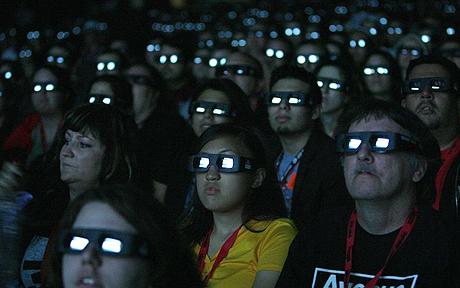
How a New Technology is Altering American Public Entertainment
When this author was younger, going to the movies was a relatively simple matter: one stood in line, purchased a ticket and possibly popcorn and a Coke in the lobby, and took a seat. An overture would play music, the curtains would part and a standard film would play for two or three hours. Youths would also try to dodge uniformed ushers armed with flashlights, especially at the Saturday afternoon matinee! At the conclusion, exit music would play, the curtains would close and the audience would file up the aisles. This ritual was re-enacted across generations of Americans seeking that theatrical experience on Main Street, USA at the typical Majestic, Bijou or Odeon. Whether the film was destined for Oscar night or to be panned and rejected by the filmgoing public and critics really didn't matter; the point was to have an outing with the family and partake of a cultural happening. While the essential experience hasn't changed, the technology, especially with IMAX, has so revolutionized that outing that special attention must be paid to it. But first, a brief outline of movie theatre history is in order.
Theatres Yesterday
The American movie theatre of yesterday often followed the major studios when it came to running anticipated releases. For example, RKO made more than 1,000 movies from the early 1930's through the late 1950's, and ran a nationwide chain of theatres as well. The ornate movie palaces of the past seemed the perfect accompaniment to the great pictures and legendary stars of yesteryear. Also not to be overlooked was that feature of summer, the drive-in outdoor movie with waitresses on roller skates bringing burgers, fries and either a cola or milkshake to patrons who parked in a large lot where they erected the screen, while a hot movie played featuring a bankable star such as Elvis Presley in his prime. This was repeated from Cape Cod to Carlsbad Caverns. Such summertime features are now rare across the American cultural landscape, but will live on in the memory of older generations.
The Impact of Television
There is really no way to overestimate the impact of the small screen on the large in the 1950's and 1960's. Although variously derided as the "boob tube" and a "vast wasteland" by Newton Minow, former head of the FCC, the television took the place of both radio and film during that era. Despite technical innovations such as Ultra Panavision and Super Technirama 70 mm color film, movie attendance declined alarmingly in the mid-Twentieth Century. There was simply no convenience like the family TV in the center of the living room, and larger screens as well as the introduction of color sets and more prime time programming in color ensured that television would widen the gap in viewership. The Television Academy of Arts and Sciences even spawned the annual Emmy awards with categories of awards closely following Hollywood's Oscars, even if the caliber of entertainment was seen by many cultural critics to be under par. Theatre owners simply had no choice but to fight back with newer and more unusual methods of entertainment.
The IMAX Experience
The IMAX experience features a rectangular screen, some seventy-two feet by fifty-two feet in length and width, although some screens can be larger, the largest being some ninety-eight feet high. The Henry Ford Theatre is the largest IMAX theatre in Michigan. However, there is much more to the experience than just screen size. Here video and audio are taken to new limits of technological accuracy and presentation. The video features laser projection lenses with dual projection capacity and hand-crafted remastering. This allows for heightened realism through extra brightness and achieves what has been called "theatre geometry" by critics. Typically, two instead of one projectors run simultaneously, and this works well with 2D or 3D pictures. The advanced audio is no less impressive. Pitch-perfect tuning attains an endless "sweet spot" with pinpoint accuracy so that audiences not only hear the movie, they feel it! Some film directors have personally overseen IMAX films to guarantee more pristine sound quality, and some theatres have been customized to accommodate this pumped-through new sound experience. The obvious advantages of IMAX have not been lost on nationwide theatre managers, and it has even reached Disneyland in California. Here in mid-Michigan, two local venues have fully embraced IMAX in their domains: Celebration! Cinema on the south side and NCG Cinema at the Eastwood Town Centre on the northeast outskirts of Lansing. NCG has been as successful elsewhere in the state as in Lansing with the new technology, as for example in Grand Blanc. These two local cinemas have garnered positive feedback from an enthusiastic public for their efforts with IMAX, and it certainly bodes well for other markets on a national and indeed world scale.
How Will It End?
In the ongoing struggle for audiences, both television and movie theatre executives will continue to unleash new technologies as soon as they come down the pipeline. There will probably be no end to research and development and product rollout in the longer-term future. Nor will this struggle be confined to America. India, for example, has its own cinema industry known as "Bollywood." As one of the most populous countries in the world, it obviously possesses a huge domestic market for films, but television is making inroads there as well. Here in America, there will be a tight fight for those who prefer to stay at home and watch with home theater viewing in privacy, versus those who choose to go out to the public big screen experience. Television has presented a real challenge to theatre owners since its debut in the late 1940's, but innovations such as IMAX give theatre types a way to strike back. This author recently viewed a movie just released in 2019. It had all the usual theatrical experience, but something extra was missing; he felt locked into two-dimensional space.That missing link can be closed by IMAX. In 1971, Amtrak was created as a way to "get people back on trains," with only mixed results since then. No one really knows how this epic will end, but it should be an interesting contest all the way.

